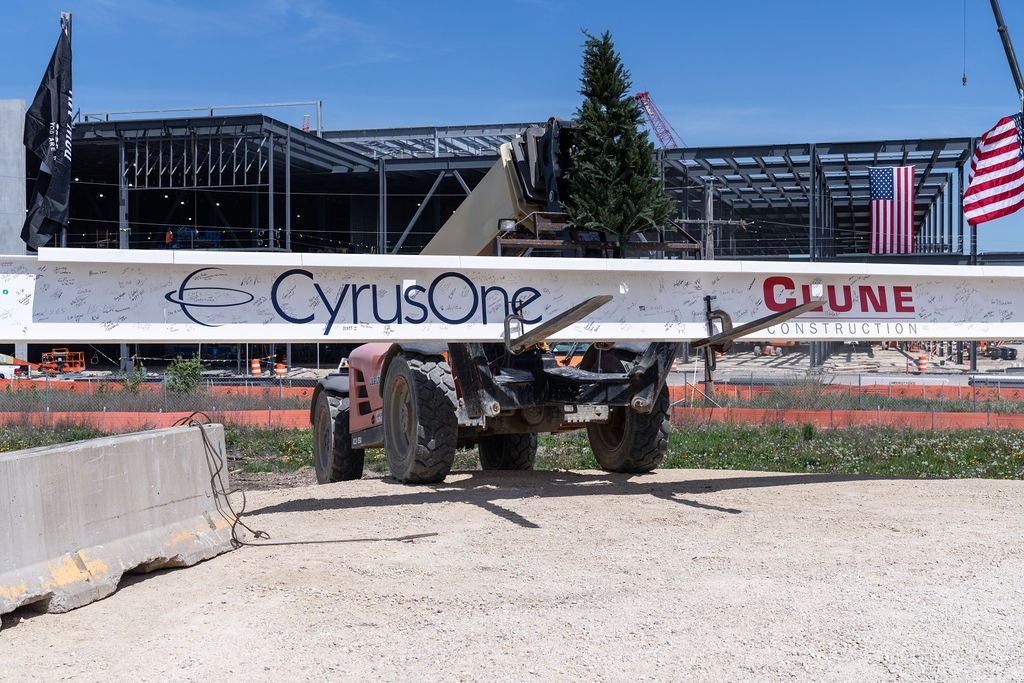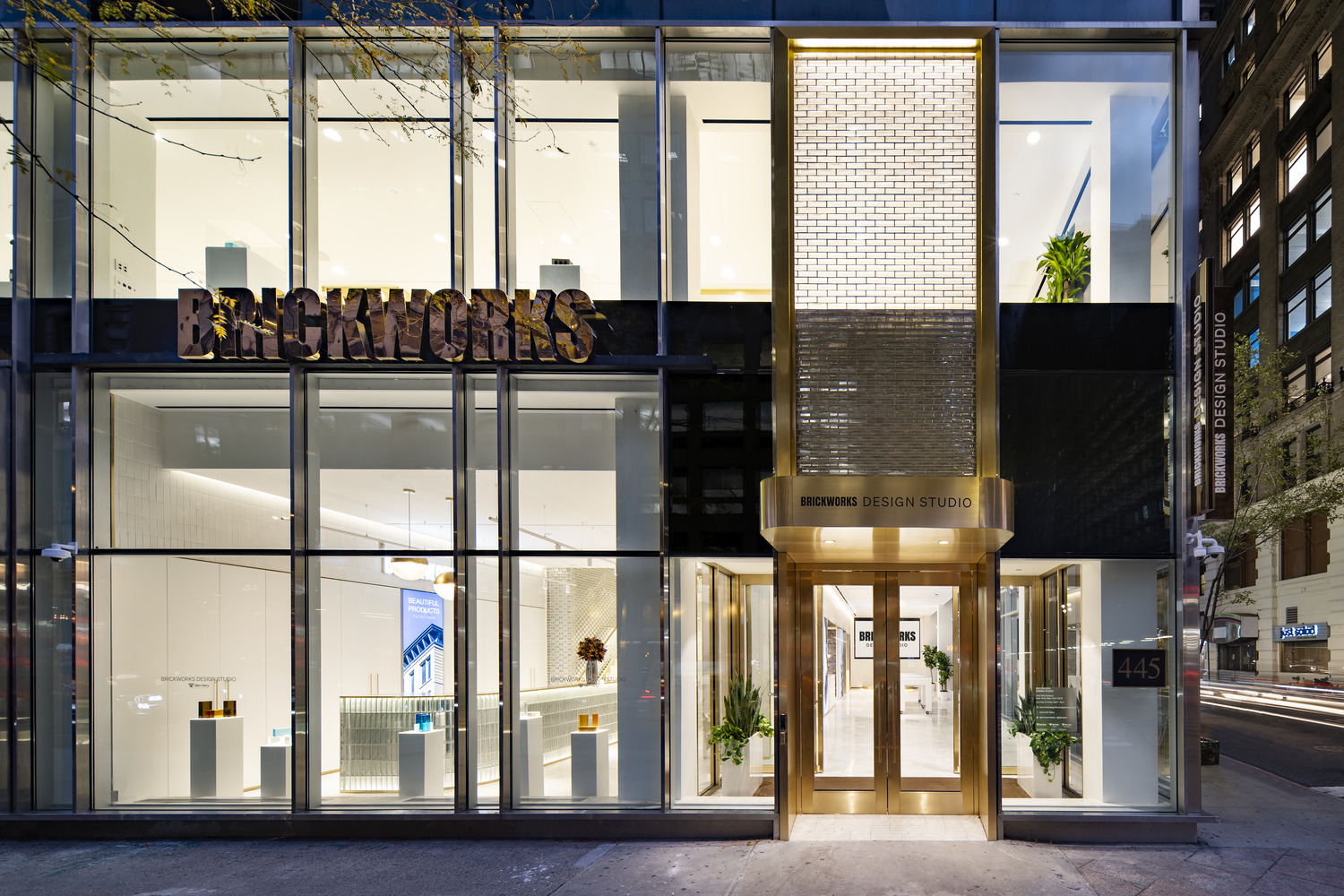


18 May 2023


Why Retail Projects Are Packed with Challenges for Even the Most Experienced Construction Teams
By: Anthony Tigri, John Bochicchio (New York); Matt Wozniakowski , Michelle LeBlanc (Chicago)
While the square footage of a high-end retail construction project might be considerably smaller than many other build-outs, its unique set of challenges can be much larger. Retail construction comes with a specialized way of building that often involves large teams, a slew of brand standards and tight schedules not typically seen on most job sites.
Though brand standards can lead to some efficiencies in construction, retail projects are packed with potential challenges for even the most experienced teams. Custom finishes, unique one-off requests, material delays, procurement issues, and unseen existing conditions are just a sampling of potential obstacles a general contractor must navigate.
At Clune, teams refer to the retail construction process as “untying the knot.” Critical path items can get lost in the multitude of issues and distractions. Construction teams must bring experience-backed best practices and know what theoretical threads to pull to keep a high-end retail project on track. Communication, coordination and proactive decision-making are key to a successful high-end build.
When Best-Laid Plans Clash with Existing Building Conditions
High-end streetwear brand Supreme chose a 100-year-old building in Chicago as its first location in the Midwest. Previously occupied by the same tenant for 50 years, the base building had deteriorated significantly, and structural issues were discovered when construction began. Clune had to implement creative and timely solutions to reinforce the structure of the building to accommodate upgraded MEP systems and the installation of a large custom steel storefront.
This is an example of how an existing building selected for a high-end retail location may not fit or allow the pre-determined layout that many high-end retailers want for their new space. It is crucial for the construction team to review the existing site conditions of the building thoroughly before construction begins. This may require the team to analyze the architectural drawings and suggest changes that can help prevent potential issues.
Starting with an accurate reading of the space is extremely important for high-end build-outs. For example, if floor levelness is off by even a small margin, it could sacrifice the final look of high-end millwork, cabinetry and flooring.
One Project, Many Hands
The design of a retail space is also a unique process that can significantly affect construction. Often retailers utilize an internal team who designs the store based on existing design consistencies and brand standards. When it comes time to move forward with a planned build-out, they will then bring on an architecture team to serve as the architect-of-record on the project. This approach adds an extra layer of coordination for the construction team. They must respond to the expectations of both the retailer’s designers as well as the architect. The construction team often must proactively flag design features so they can nail down specifics about desired finishes and measurements.
Coordination with a brand’s preferred or required vendors is another unique aspect of high-end retail construction. For example, high-end brands such as Chanel, Louis Vuitton, Berluti, Fendi, Brickworks, and Ralph Lauren have their millwork and other finishes fabricated all over the world. These finishes often require specialized subcontractors who travel to the site to complete the installation. As a result, a general contractor could find themselves managing local subcontractors and international workers under the same roof.
The Early Bird Catches the…Materials
A high level of coordination is essential to avoid supply chain issues and significant delays with international materials and busy vendors resulting in out-of-sequence work on a retail project. The construction team should be proactive about reaching out to the client from the project start and begin gathering names of their preferred vendors and suppliers early in the construction process.
For Fendi’s Madison Avenue location in New York, the Clune team worked with Fendi during multiple coordination meetings to procure lights, plaster, millwork, glass, metal and stone early on, along with confirmed quantities, dimensions and layout to get these items into fabrication.
Teams must also be prepared for out-of-sequence work and enact creative solutions. After a delayed delivery of custom skylights on the Supreme Chicago project, standard domed skylights were installed temporarily as a placeholder to keep the project moving forward.
It’s All in the Execution
One of the most challenging aspects of high-end retail construction is executing the client’s desired final product. These projects often aren’t as simple as they may seem on paper. Custom features range from a cantilevered walkway and glass “bubble” enclosures for clients like Fendi, to in-depth grout matching for high-end showrooms. Construction teams must remain focused and flexible to bring these projects to life.
Supreme Chicago’s simple streetwear aesthetic left little room for error. The most striking feature of the space is the operable, garage door-style storefront. The construction team worked with the client’s United Kingdom-based designers, numerous fabricators and subcontractors to design and install the custom feature. Now completed, the store façade stands out along one of Chicago’s most well-known shopping districts.
The key to success for Brickworks’ New York showroom required utilizing client-supplied materials and confirming that certain materials could be used to achieve the finished product. For example, the specified Italian glass brick had to be tested with the proper grout by the workforce onsite. This was done to ensure the grout would not interact with the brick and cause leaching cloudiness. The team developed the right formula of grout and sand to achieve the desired look.
Racing Towards the Bottom Line
Many times, a store opening is tied to a brand’s revenue projections for the year. As a result, maintaining an aggressive schedule is another consideration that must be proactively evaluated. A delayed schedule could result in a large profit loss.
In the case of Supreme, the store’s opening had to be timed with one of their highly sought-after “drops.” These are crucial dates when the brand’s new stock becomes available. Drops are extremely popular, with almost all inventory quickly selling out. High-profile projects like Supreme attract extra sets of eyes, as consumers are anxious to patronize the completed space.
Because the on-time opening of a retail space can be crucial to a brand’s bottom line, maintaining transparency, conducting frequent coordination meetings and proactively acquiring custom finishes are crucial to mitigating schedule delays.
Untying the Knot
Retailers are motivated to continue working with construction teams that learn their standards and practices and can turn out their complex build-outs fast.
For Clune, learned expertise and knowledgeable teams have earned repeat clients, such as luxury mattress retailer Saatva. Clune has completed Saatva showrooms in eight states across the US, with more opportunities on the way.
Successful high-end retail construction does not come easy, but if contractors can master “untying the knot,” there will be long-term benefits in store for all.